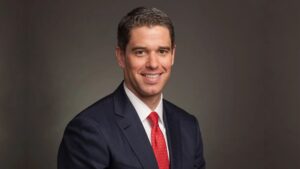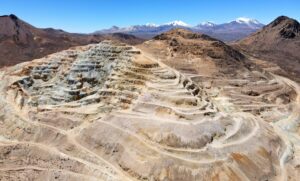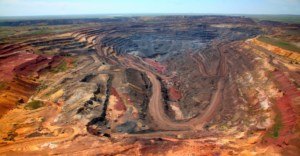
- USA | 17 May 2020

Looking back at 2020, what were the significant observations you made concerning the local construction sector?
The majority of our work centered around Tampa Bay, although we operate statewide in Florida. Our focus has primarily been on industrial and medical facility constructions. Initially, 2020 promised to be a phenomenal year, potentially one of the best in our company’s history. However, the onset of the pandemic threw a curveball our way. Despite being a general contractor deemed essential, several projects were paused, impacting our momentum. We were fortunate to avoid layoffs, but the revenue did take a hit, which was disappointing. Last year was a lesson in crisis management. None of us had navigated such a situation before, and we were making the best decisions we could with the available information. Our reputation played a pivotal role in sustaining us, especially in securing projects within a certain range.
How have labor shortages and construction costs affected your business’s financial performance?
Pre-COVID, the construction industry was bustling, and finding adequate labor was a challenge. However, the scenario shifted last year. The closure of Orlando’s amusement parks redirected a significant workforce of 5,000 to 6,000 construction workers into the Tampa Bay market. On the cost front, materials remained somewhat consistent throughout the pandemic. Towards the latter part of the year, we encountered supply chain disruptions, particularly in acquiring specific components. For instance, HVAC units were held up in warehouses due to a minor yet crucial component shortage from another country, affecting our operations.
What are your primary focuses in the near term?
My immediate focus revolves around preparing for the resurgence of certain sectors. This involves proactive recruitment efforts, as we anticipate needing more staff to manage the anticipated surge in demand. This uptick in demand serves as a positive economic indicator for the Tampa Bay region.














